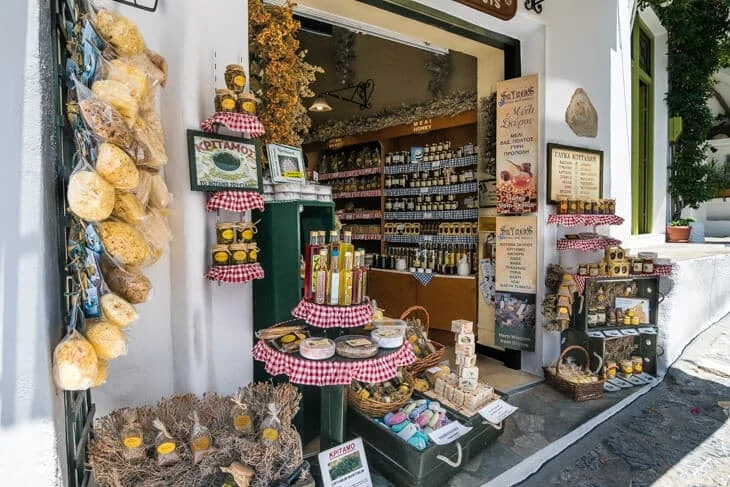Skyros Island
Skyros, the southernmost island of the Northern Sporades, has maintained a distinct cultural identity largely due to its geographical isolation and limited ferry connections in past decades. This seclusion allowed the local community to preserve its rich traditions, customs, and architectural heritage.
A Land with a History Spanning Over 7,000 Years
Archaeological research reveals traces of continuous habitation on the island for more than 7,000 years. Skyros was first densely populated during the Bronze Age (approximately 3000–1100 BC). The ancestors of modern Skyrians were daring seafarers and pirates, referred to by Plutarch as “poor farmers” or “ergatai kakoi ges”.
Skyros flourished as a formidable naval and commercial center due to its strategic fortifications. During the era of the Dolopians, piracy was not considered disreputable but rather a means of livelihood, underlining the island’s significant maritime prowess and its role as a vital control point for sea routes in the Aegean and Black Sea. The Dolopians were ultimately subdued by Athens around 500 BC, when Kimon’s campaign integrated the island into the Delian League under Athenian dominance.
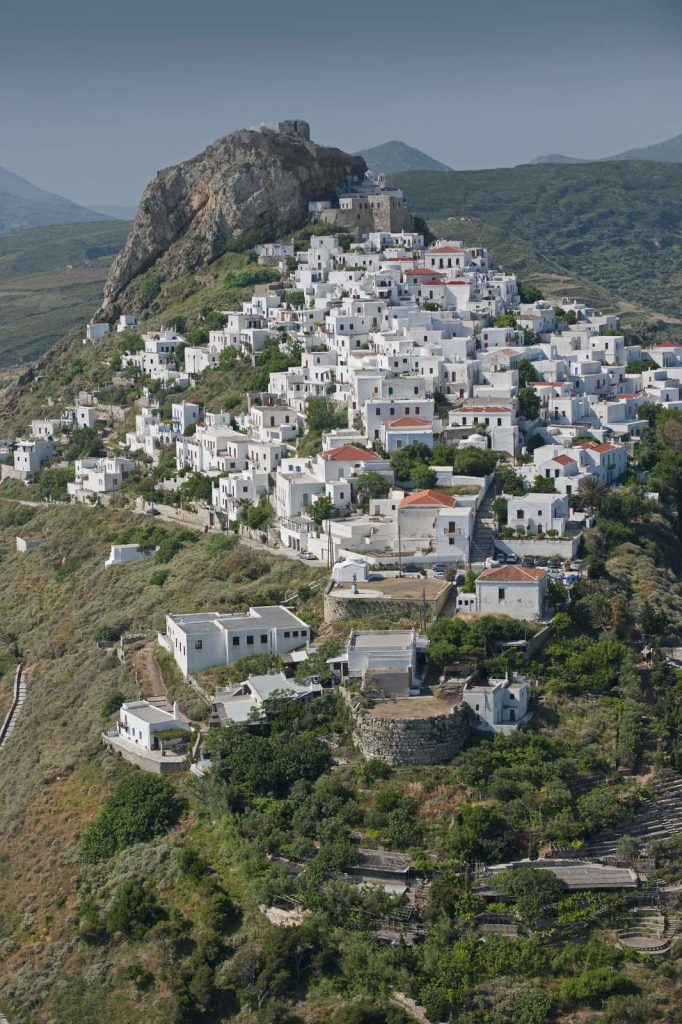
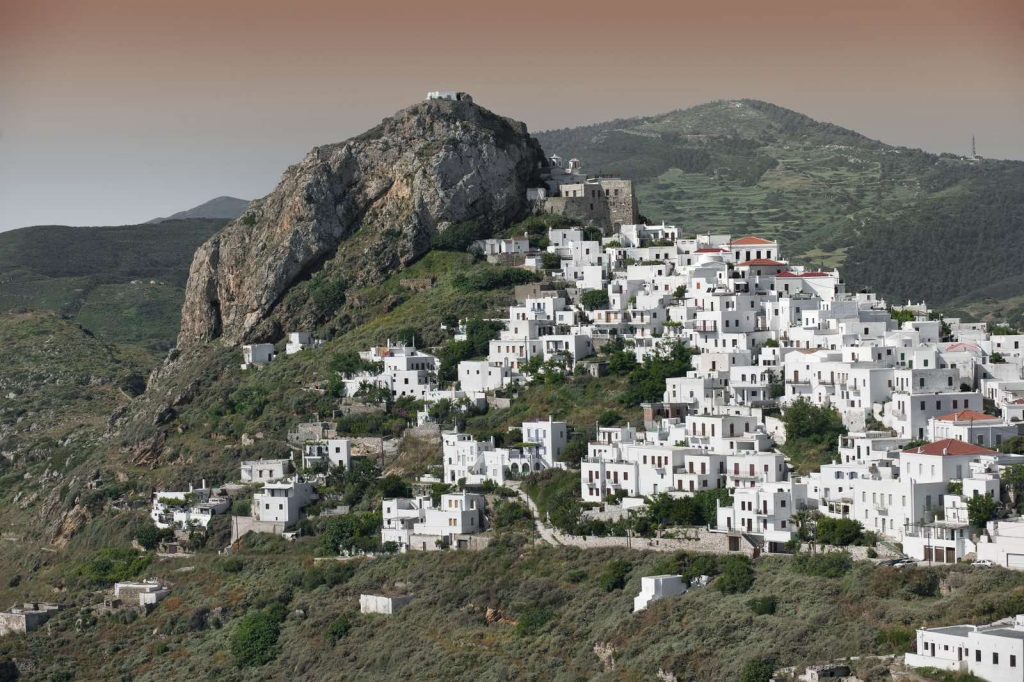
Mythological and Cultural Significance
Skyros is intertwined with figures from Greek mythology such as Achilles, Neoptolemus, and Theseus. One of the island’s most celebrated features is its traditional architecture. Declared almost entirely a traditional settlement, Skyros showcases harmonious, aesthetically uniform whitewashed houses free from intrusive modern interventions.
Living Traditions and Customs
The island’s relative invisibility to mass tourism has allowed it to maintain vibrant traditions. Visitors can experience authentic religious festivals, unique carnival customs, intricate woodcarving, and traditional embroidery all year round.
The Art of Skyrian Woodcarving
Woodcarving is one of the island’s most distinguished crafts, introduced by exiles from Byzantium. Skyrian woodcarving, characterized by ornate chests, stools, and low tables (sofrades), exhibits rich designs and artistic autonomy that set it apart from other Greek woodcarving traditions. Initially practiced by amateurs driven by passion, it has evolved into a professional craft, with pieces decorating homes both within and beyond Skyros. Most surviving examples date from the 19th century onward.
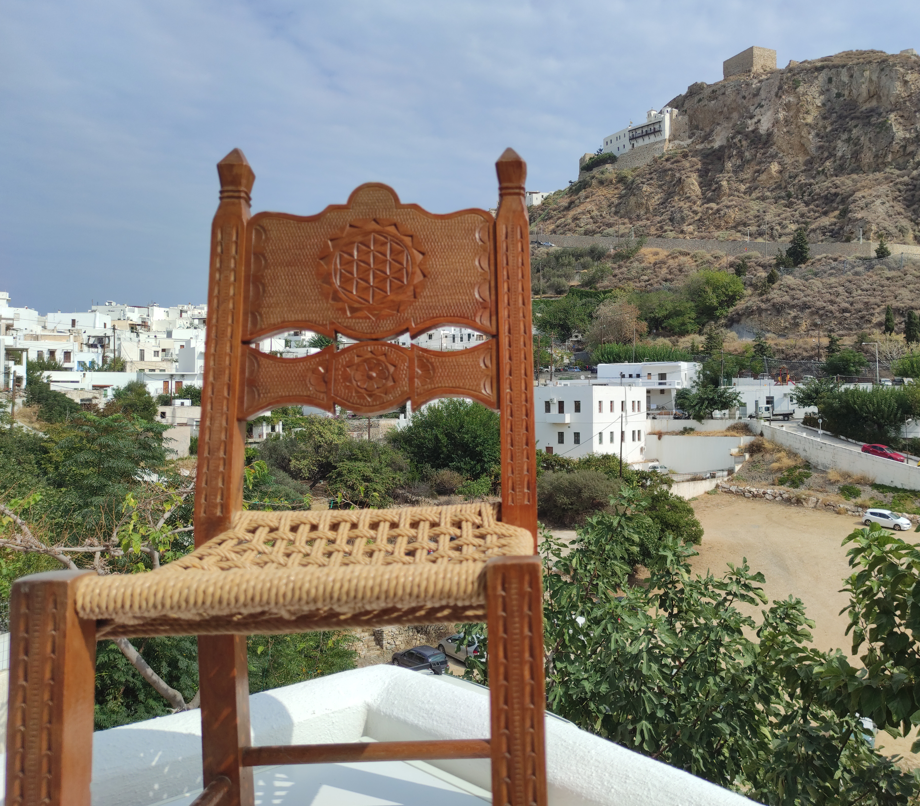
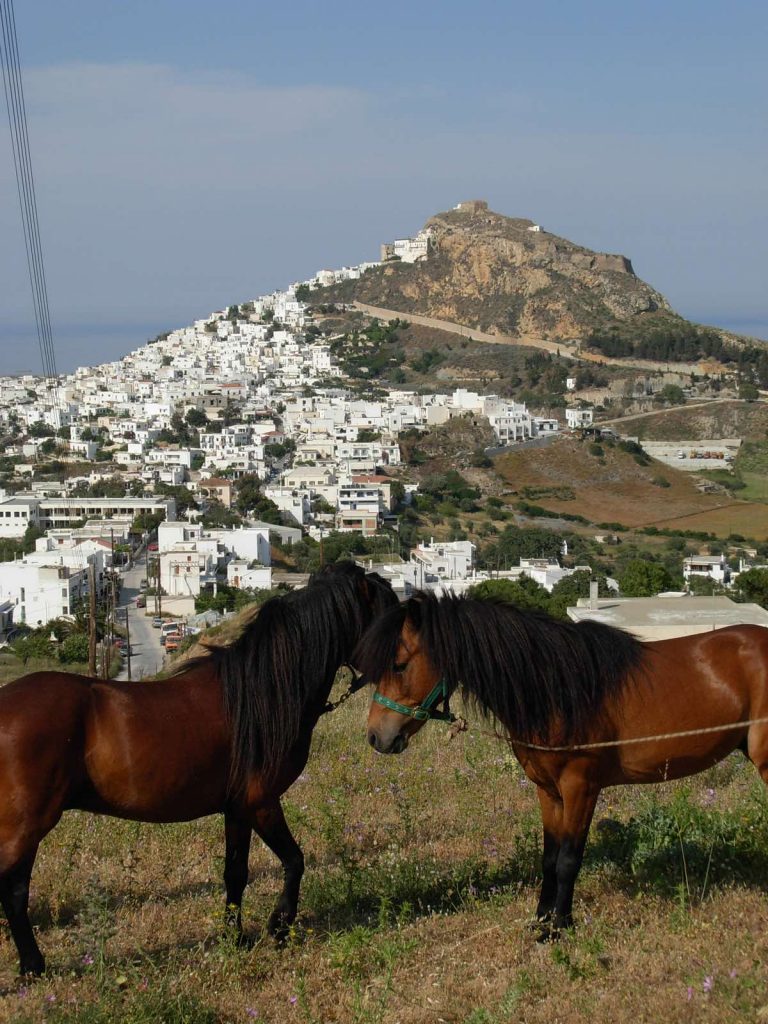
Natural Landscapes and Biodiversity
Skyros captivates with its diverse landscapes. The north and east are home to the island’s largest sandy beaches, framed by gentle terrain and earthy colors. In contrast, the southeastern and southern coasts feature smaller beaches, dramatic rocky cliffs, and marine caves. This area is also the habitat of the world’s largest colony of the Eleonora’s falcon (Falco eleonorae).
The Ari Plateau in the south is a NATURA 2000 protected area, hosting the rare Skyrian horse, flocks of which still roam the landscape, especially around “Loustria,” a small rain-fed pond. The Fere-Kambos Dam, with a capacity of 1,000,000 cubic meters, lies within a dense pine forest at the heart of the island.
The Skyrian horses are one of the rarest and most distinctive indigenous horse breeds in Greece and worldwide. They are small-sized and are characterized by their sturdy body structure, resilience, and unique beauty. Their presence on the island of Skyros dates back to ancient Greece, with many theories linking them to the horses depicted on the Parthenon frieze. In the past, these horses were essential for agricultural work and for transporting goods across the island’s rugged terrain. Today, they are an integral part of Skyros’ natural and cultural heritage and are protected as a species. In the Aris plateau, a NATURA 2000 protected area, herds of purebred and crossbred Skyrian horses roam freely, offering a unique sight for visitors who can admire them in their natural environment.
Local Products
Skyros is known for a variety of local products: Skyrian graviera cheese, xinotyri, mizithra, local honey, handmade pasta, traditional pastries such as “xirotigana,” local wine, lobsters, and fresh fish.
